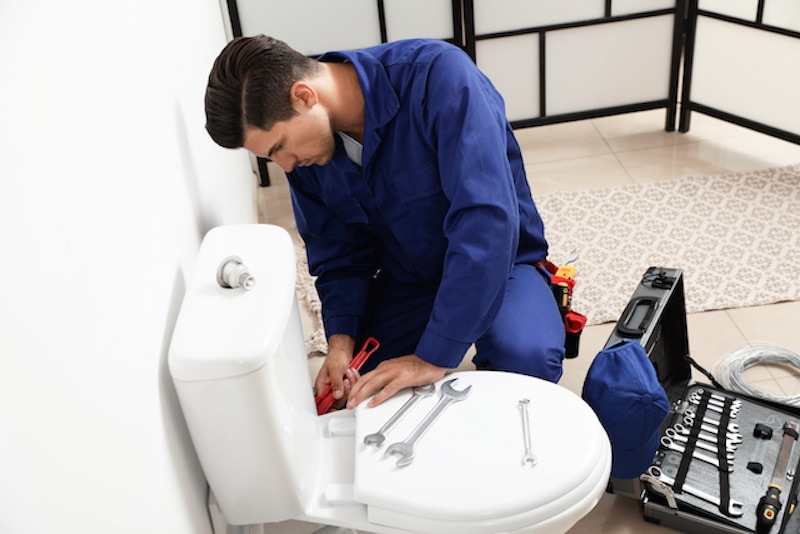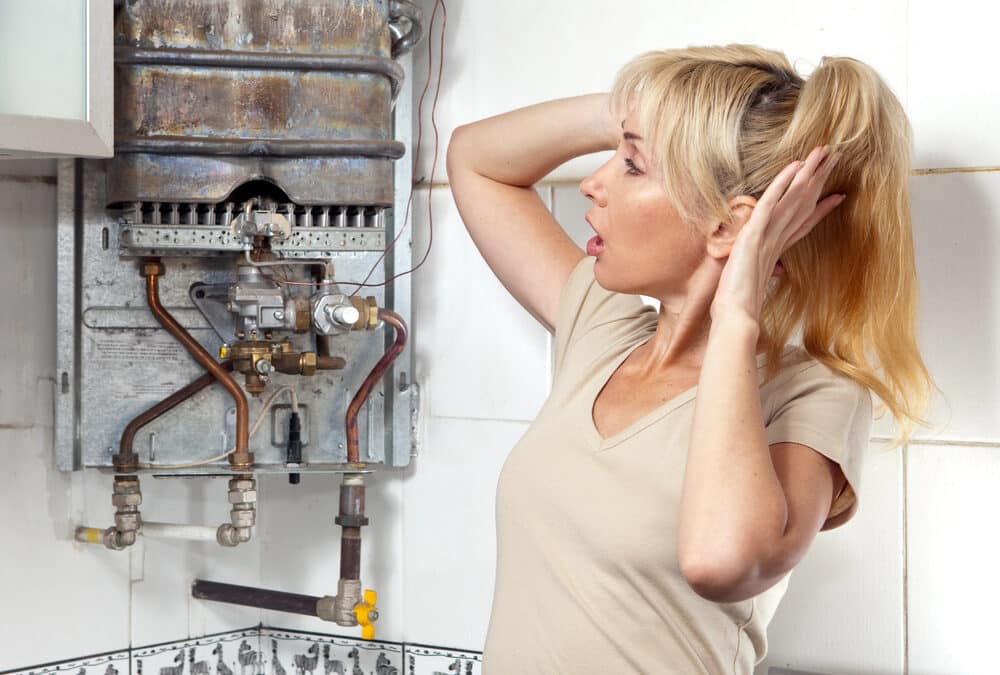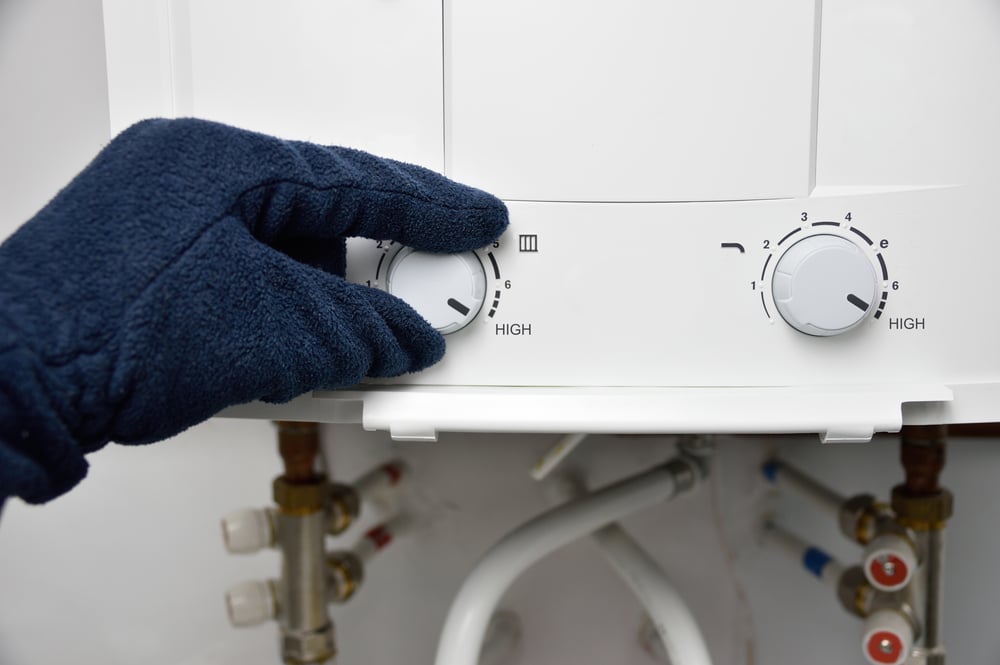When it comes to plumbing, there are a few tools every plumber should have in their arsenal. Having the proper equipment can help you fix minor problems before they turn into big ones and can also make the job easier overall. In this post, we’ll take a look at some of the most important plumbing tools for plumbers.
Plumbing Tools List
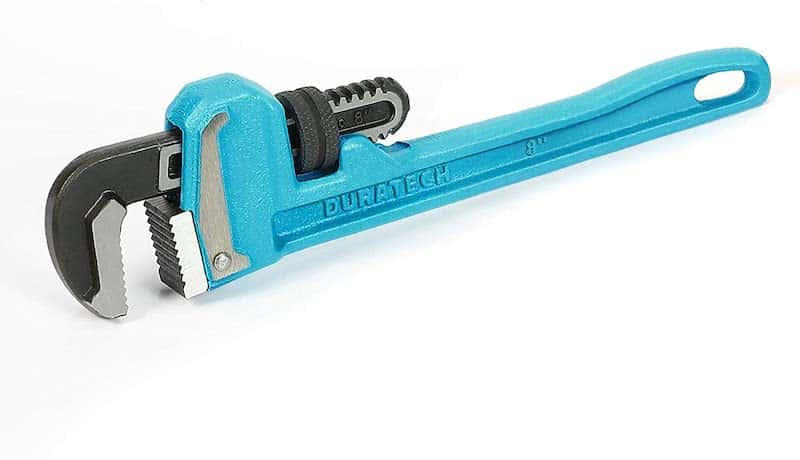
1. Pipe Wrench
The pipe wrench is a plumber’s largest wrench. Plumbers utilize this wrench to tighten and loosen fittings on pipes. These wrenches are often used in pairs, with one being used to hold a pipe in place while the other is used to turn the nut. Pipe wrenches come in a variety of lengths, and skilled plumbers generally use an entire set of them.
Schedule Service Online
Get a free estimate so you know what you're signing up for
"*" indicates required fields
For Emergency Services Call: 410-255-9300
2. Adjustable Wrench
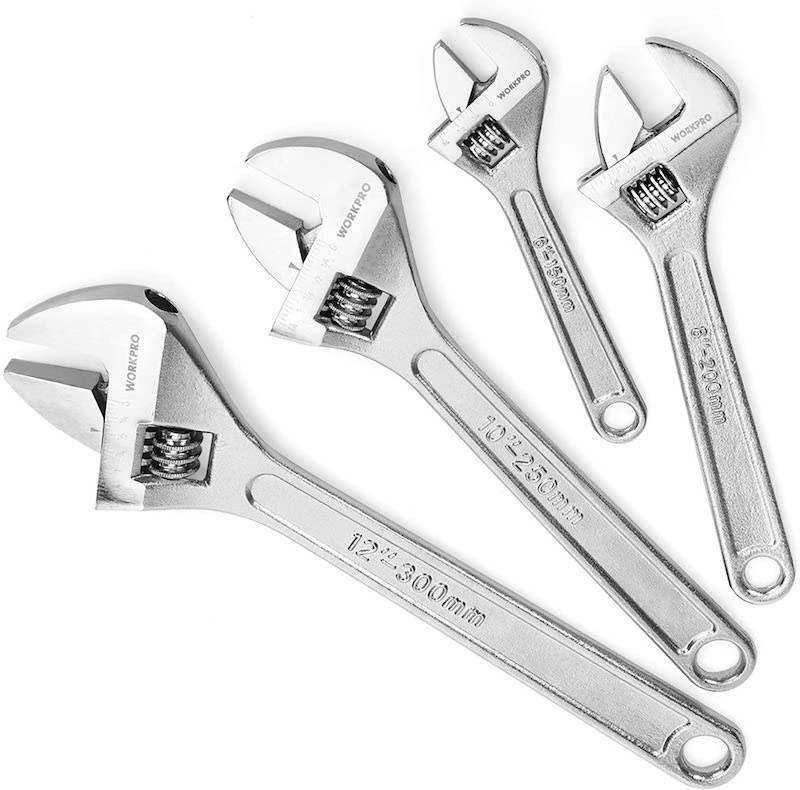
An adjustable wrench is a versatile tool that can be used for a variety of tasks, including plumbing. These wrenches come in handy when you need to grip something tightly, such as a nut or bolt.
3. Plumber’s Torch
A plumber’s torch is a small, handheld torch that is used to heat up pipes. This tool is used to solder or seal copper piping together. The torch heats up the pipe so that the solder can melt and flow into the joint, creating a watertight seal.
4. Tubing Cutters And Plastic Pipe Cutters
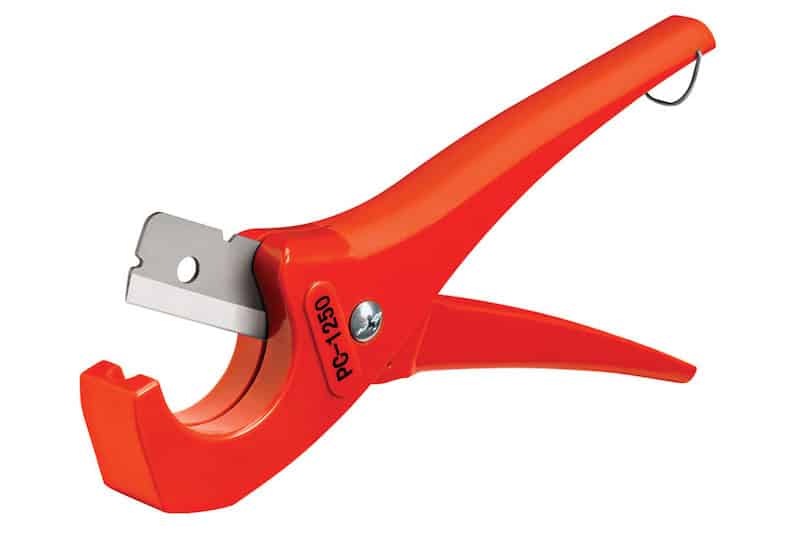
If you’re a trade professional who deals with copper or plastic pipes on a regular basis, you know that they’ll need to be removed, replaced, and adjusted at some point. Handheld tubes and plastic pipe cutters are the tools of choice for this particular task.
These cutters work by scoring the pipe and then breaking it cleanly along the score line. This is a much cleaner way to break a pipe than using a saw, and it results in fewer jagged edges that can cause problems down the road.
While there are many different types and sizes of tubing cutters available, most plumbers prefer to have at least two or three on hand so that they can tackle any job that comes their way.
5. Press Fitting Systems
Press fittings are designed for use with thin-walled tubing, and they usually provide a watertight seal that is significantly stronger than a soldered joint.
To install a press fitting, you first need to insert the pipe into the fitting body. Once the pipe is in place, you’ll use a special tool to crimp the fitting onto the pipe. This creates a tight seal that won’t leak, even under high pressure.
6. Basin Wrench
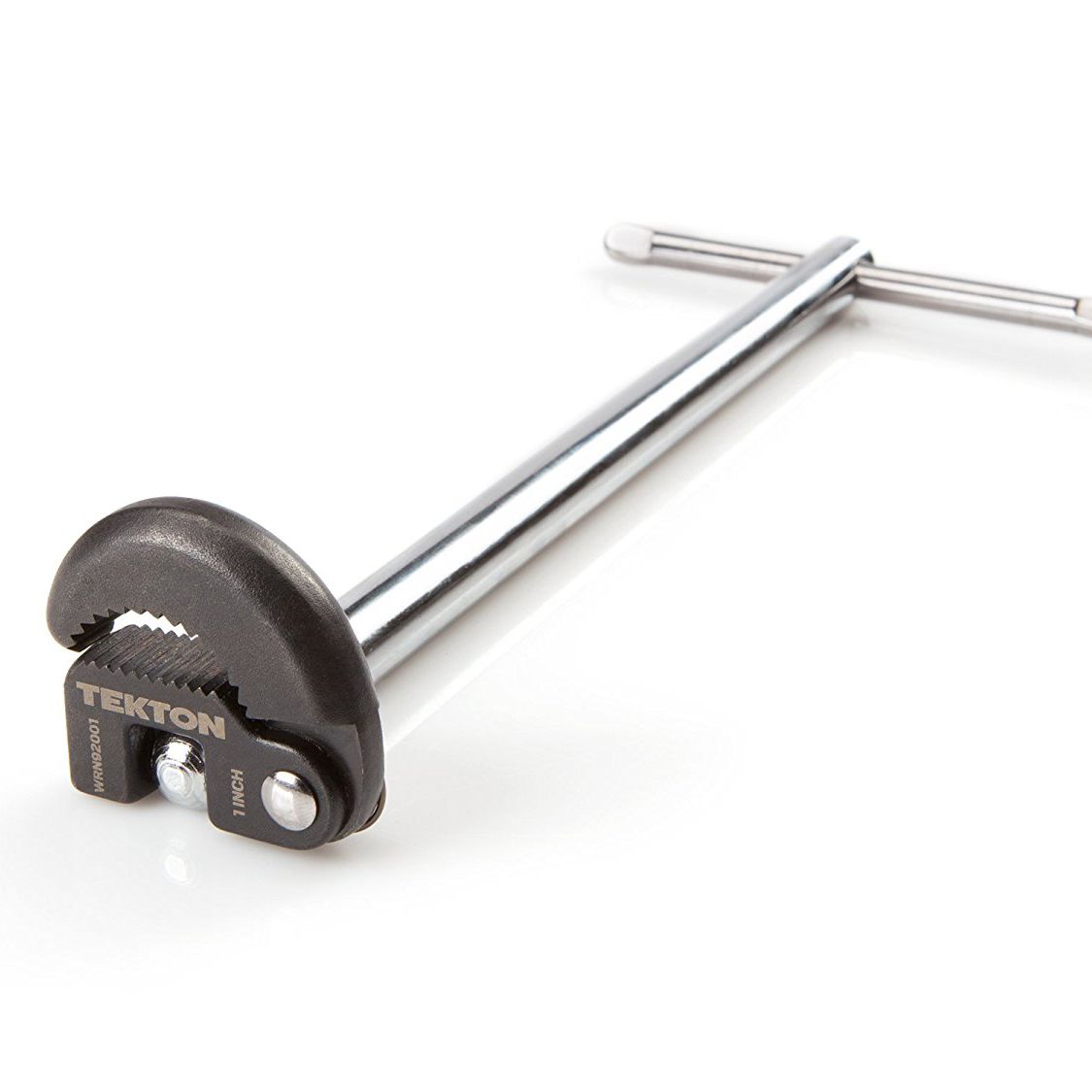
A basin wrench is a specialized tool that is used to reach tight spaces that are otherwise inaccessible. This wrench is designed with a long, slender handle and small jaws that can grip nuts and bolts that are located in hard-to-reach places.
Basin wrenches are an essential tool for any plumber, and they come in handy more often than you might think. If you’re working in tight spaces on a regular basis, it’s worth investing in a good-quality basin wrench.
7. Thread Sealing Tape Or Plumber’s Tape
Thread sealing tape, also known as “pipe dope,” is a type of adhesive tape that is used to create a watertight seal around threaded pipes. This tape is made from a variety of materials, including PTFE, nylon, and fiberglass.
When applied to the threads of a pipe, thread sealing tape fills in any gaps and creates a tight seal that prevents leaks. This tape is available in a variety of widths and thicknesses, so you can choose the right size for your needs.
8. Hacksaw
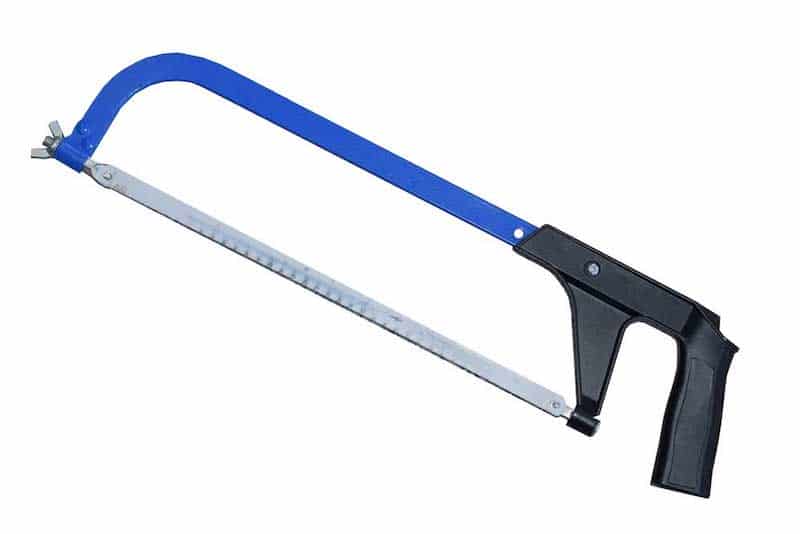
Plumbers often need to cut pipes to length, and the hacksaw is the tool of choice for this particular task. Hacksaws are designed to cut through a variety of materials, including metal, plastic, and wood.
Most hacksaws have a comfortable handle that can be gripped in one hand and a blade that can be replaced as needed.
9. Hand Auger
A hand auger is a circular, handheld instrument that allows plumbers to drill down a drain and break up blockages. The technology behind hand-auger tools has advanced considerably over time, and there are many different types available for plumbing professionals to consider as part of their plumbing toolkit. A drain snake or drain auger should be enough for any small drainage task.
10. Inspection Camera
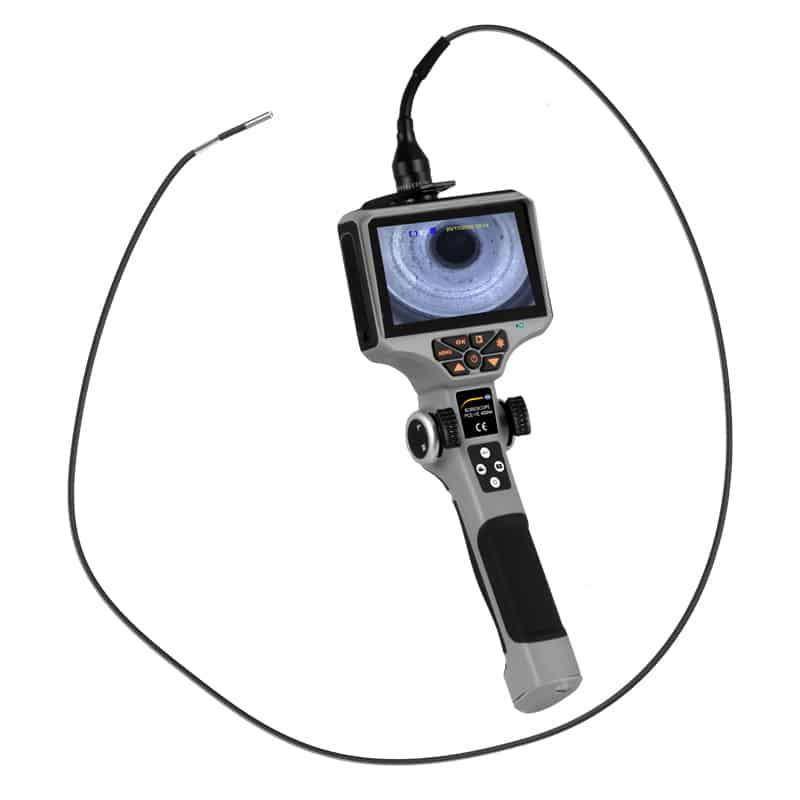
An inspection camera is a small, handheld camera that can be inserted into small spaces to provide a live video feed. This type of camera is often used by plumbers to inspect pipes and sewer lines for blockages or damage.
Inspection cameras are available in a variety of sizes, and they can be equipped with either wired or wireless connections. If you’re working in tight spaces on a regular basis, an inspection camera can be a valuable addition to your plumbing toolkit.
11. Faucet Handle Puller
A faucet handle puller is a tool that is used to remove the handles of most types of faucets. This tool is designed with small jaws like a basin wrench that can grip the base of a faucet handle.
Faucet handle pullers are an important tool for any plumber who works on faucets on a regular basis. If you often work with old or difficult-to-remove handles, this tool can save you a lot of time and frustration.
12. Goggles
Eye protection is important for any type of work, but it’s especially important when you’re working with plumbing tools and materials. Plumbers are exposed to a variety of potential hazards while working on a plumbing job. Some of these include flying debris, chemicals, and sharp objects.
Wearing a pair of safety goggles can help protect your eyes from these dangers. Look for a pair of goggles that fit comfortably and provide a clear view.
12. Tools For Plumbing Business Operations
While the tools listed above are essential for performing plumbing tasks, there are also a few tools that are necessary for running a successful plumbing business. These include:
Contract tools: A good quality contract management software will help you keep track of your customers, schedule appointments, and send invoices.
Dispatch software: This type of software allows you to dispatch plumbers to job sites in a timely and efficient manner.
CRM software: Customer relationship management (CRM) software helps you manage your customer data so that you can provide them with the best possible service.
Marketing tools: A variety of marketing tools, such as social media marketing and email marketing, can help you promote your plumbing business and attract new customers.
The right tools for the job are essential for any plumbing professional. By investing in high-quality tools, you’ll be able to work more efficiently and provide better services to your customers.
Do you have a favorite plumbing tool that we didn’t mention? Let us know in the comments below! And be sure to check out our other blog posts for more helpful tips and advice.
Need A Plumber In Maryland?
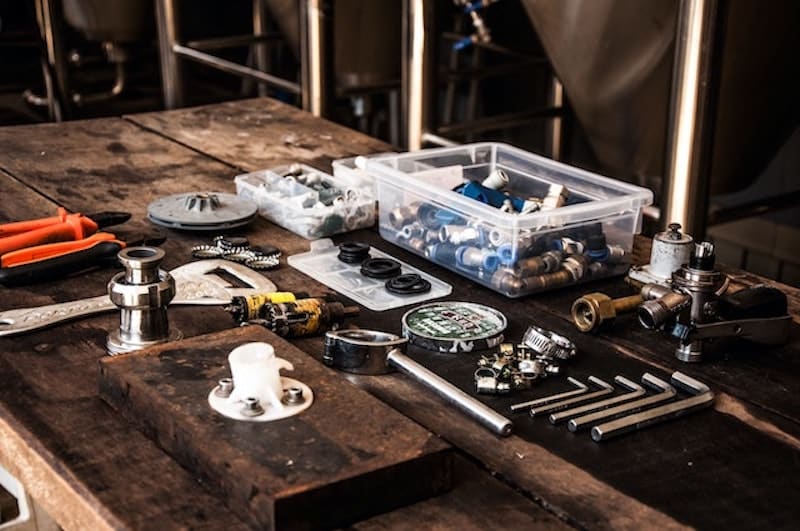
If you’re in need of a professional plumber in Maryland, then look no further than MD Sewer & Plumbing. We have years of experience and can help you with all of your plumbing needs. Contact us today to schedule an appointment.

